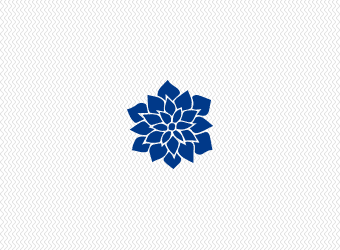What Is Vector Style Art? A Brief Guide
posted by Stacie on April 3, 2022
// Comments Off on What Is Vector Style Art? A Brief Guide
Did you know that there are more than 300 million photos posted on Facebook daily? Creating inspirational imagery can improve your business. It also helps to build brand recognition among your audience. Yet many people don't know the value of illustrations. They skip on these tools as a catalyst for growth. They use basic pictures or assets.

What Is Vector Style Art? A Brief Guide
Vector art is computer-generated art that utilizes mathematical algorithms to create a digital image. These images are made up of curves, lines, and shapes. This can be manipulated and transformed in various ways to create a range of visuals.
A vector image is made up of point information. This allows the user to edit, scale, and rotate only the required parts of the picture. This makes it a highly efficient form of artwork compared to raster-based photos such as those used in photographs. Common applications of vector art include animations, logos, signage, line art, typography,y, and illustrations. Understanding what is vector art is essential for any designer looking to create compelling visuals in a digital form.
Benefits of Using Vector Art
Vector art can be used to create high-quality vector graphics, logos, illustrations, web artwork, and more. The main advantage of using vector art is that it produces crisp and clear images that can be scaled up or down without losing quality. Vector art looks professional and makes a great impression, as it has a polished appearance and is easy to edit. Furthermore, working with vector art is much faster than with bitmap art, and the results can be exported to other formats. Vector art allows smaller file sizes, meaning more efficient design and production times. Ultimately, the benefits of using vector art make it an invaluable asset in graphic design.
When to Use Vector Art
When to use vector art depends on the desired outcome. Vector art is preferred for its cleanliness and ability to resize without losing quality. If a print or digital piece needs to be printed or displayed in different sizes, vector art is ideal. It is ideal for converting PNG to Vector for artwork used in digital and print media and billboard, window, and vehicle displays. To summarize, vector art suits anything requiring clean lines, crisp edges, and small file sizes without losing quality when scaled.
Types of Vector Art
Vector art is divided into two main types: raster and vector. Raster art is composed of pixels and is best suited for images containing gradients and very detailed images, such as photographs. Vector art comprises lines with both an angle and mathematical equations. Vector art lends itself to manipulating colors and elements and can be easily printed in enormous formats such as banners, posters, and signs.
Create the Best Images With Vector Art
Learning what is vector art is a great way to create detailed and accurate graphics. Vector art allows you to customize your artwork in any way you can imagine. It is an excellent choice for those wanting to take their production to a new level.
Vector art is a type of digital graphic that is made up of mathematical equations rather than pixels. Unlike pixel-based images, which are made up of tiny dots of color, vector art is created using mathematical formulas that define lines, shapes, and curves. The benefits of vector art are that it can be resized without losing quality or becoming pixelated. This makes it ideal for logos, icons, and other graphics that need to be scalable. In addition, vector files are generally smaller in size than pixel-based images, making them easier to transfer and store.
Popular software applications for creating vector art include Adobe Illustrator and CorelDRAW. With these tools, users can create precise and detailed artwork by manipulating points, lines, and curves. Overall, vector art is a powerful tool for creating high-quality graphics that can be used across a variety of applications, from print to digital media.
Comments Off on What Is Vector Style Art? A Brief Guide




